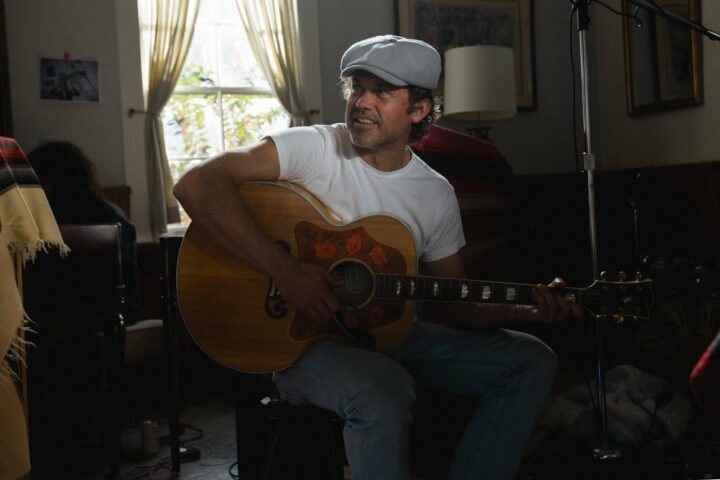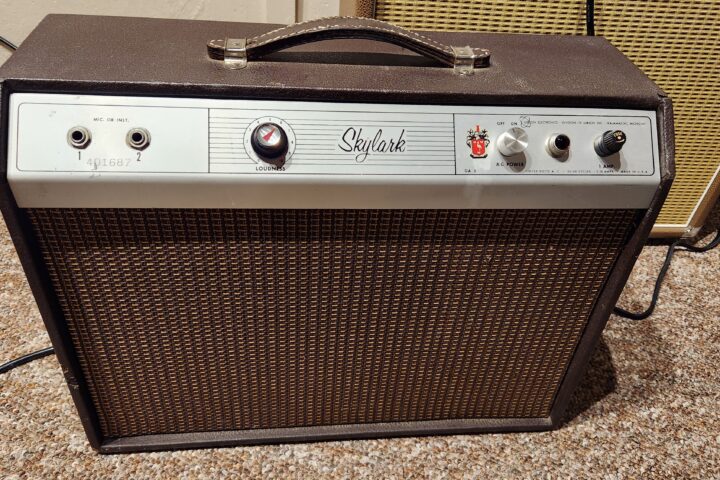Editor’s Note: After we spoke with Aaron Huff, Bruce VanWart and Steve McCreary about the Bill Collings Tribute AT-16 we started thinking that it would be a good idea to ask other builders–and players–to share “a closer look” at their special instruments. Thus a new column is born, and we’re kicking things off with our friend Matt Munisteri and his magical 1920s Gibson Master Model L-5. Matt initially wrote this for his Facebook page, and we thank him for allowing us to share it again here.
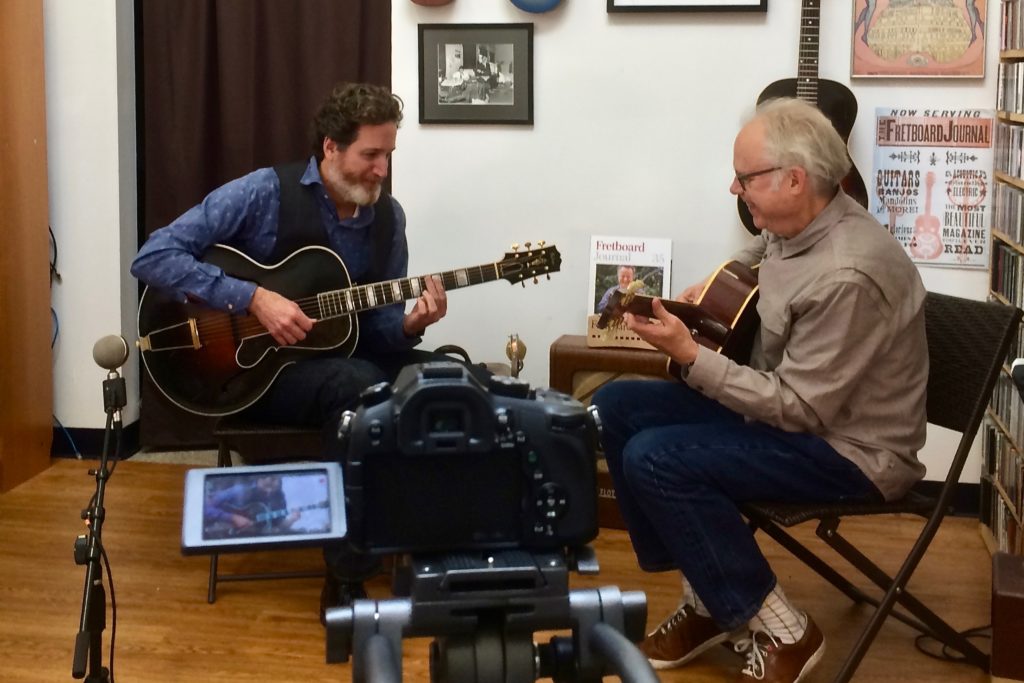
This is not in any way meant as a boast, or as a glorification of the fool’s pursuit of material possessions–and especially not as an endorsement of the particularly crass amassing of vintage guitars by middle-aged men as ego-stroking chattel–but I happen to own some really great sounding, very special guitars. Still, this particular example of a 1920s Master Model L-5, serial number 85978, has become like a magic second skin. It’s capable of making me feel at home and completely myself in any unfamiliar new surrounding.
I’ve used it on so many recording sessions, for so many different types of music, for nearly 17 years. It’s rarely proved to be the wrong tool for the job. I often wind up having to bring a load of guitars to record dates, but time after time, year after year, this winds up on 80-100% of the tunes. It sits perfectly in any sort of track. Civil War-themed film date? Contemporary pop singer-songwriter? Avant-acoustic noyze? Django Djingle? Yup, yup, yup, and yup. Hillbilly to black-tie, greaseball to hayseed. It has an endless range of expression with a pick–fiery, powerful and muscular, or shimmery and trembling with gossamer translucence. With fingertips it is masked in an elusive category all its own. Engineers go crazy trying to figure out where they’ve patched the reverb wrong–I’ve learned how to turn that off and on, so they now believe me that it’s not a ghost in the board.
My touch and the instrument have grown together and are enmeshed in an endless intimate but demanding dialogue. The experience of union with an instrument as it allows you to reach for sounds that are just imperiled dreams until that moment when they are suddenly spoken aloud…I honestly don’t know how to describe it. When we are communicating happily it is the exhilaration of possibility; when we fail it is just numb emptiness–intensified because of course it is I who have failed to make the connection. OK, yes, yes, I won’t lie: There have been a few times when it wasn’t perfect–but that has always been the fault of my flawed playing or an inattentiveness to proper miking, and thankfully many years of slow learning have seen such occasions dwindle to almost never. I am home tonight, blasted from a long day in a studio with a bunch of guitars, most of which again remained in their cases after my L-5 took the mic.
Any fan of this model knows that it is primarily associated with two giants of American music, Eddie Lang and Mother Maybelle Carter. In their hands its sound was central to the most successful pop music from the 1920s and ’30s, and to many of the biggest selling country records of the ’30s and ’40s. I recently saw the film The Wrecking Crew and excitedly noted that a Master Model dot-neck L-5 is pictured in virtually every still photo containing multiple guitarists in the studio. This means that this antique model from the 1920s was also a fundamental guitar sound of many of the biggest pop hits to come out of Los Angeles from the late 1950s to the early ’70s.
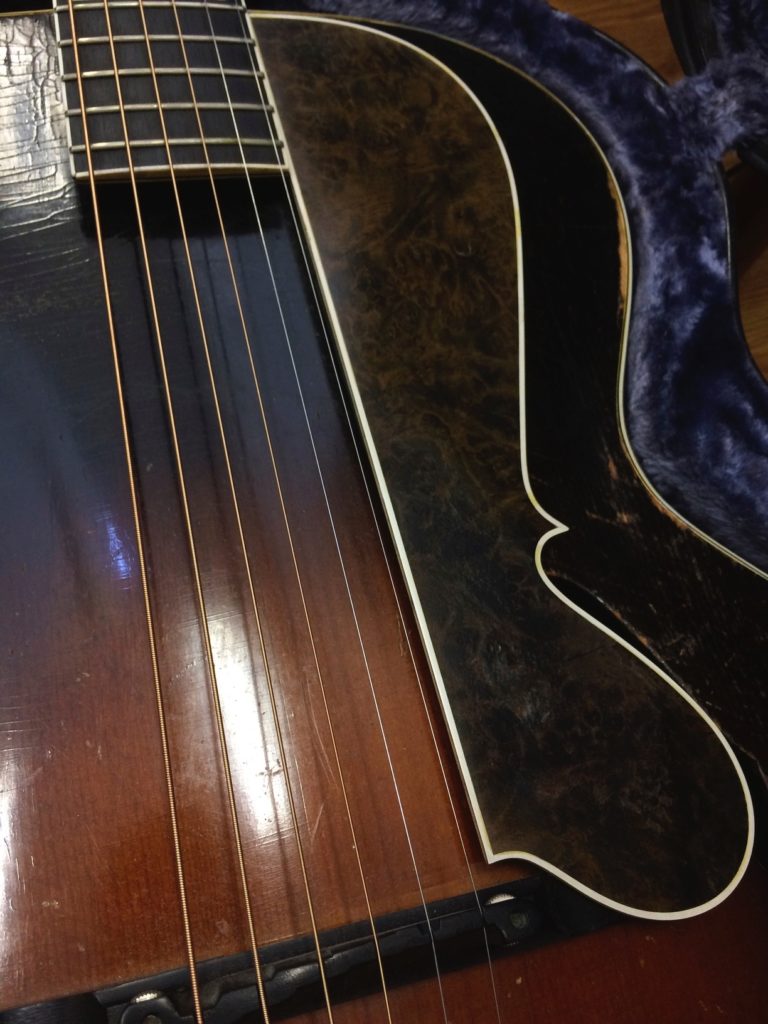
Last year I got an unexpected piece of news when I learned (via unearthed shipping records from Gibson) that my guitar had been owned by the Detroit guitarist and banjoist George Rose from the mid-thirties until at least 1947, when it was last recorded as having been shipped back to Rose from Gibson after repairs. Rose is mostly known for having recorded with the Whiteman and Goldkette Orchestras, Trumbauer, Bix in the ’20s and Benny Goodman in the ’40s. While it’s impossible to know for sure, it’s totally conceivable that this is the same instrument Rose used when, on February 23rd, 1952, he played guitar on Louis Armstrong’s recording of Hank Williams’ “Your Cheatin’ Heart” in Detroit. Anyone who knows me at all can imagine that the mere possibility of this particular confluence would thrill me enough to have cemented this fancy into fact, where it now happily perches on a throne among my own cherry-picked hagiography.
Looking again tonight at the personnel from that Sy Oliver-led date, I am seeing only now that Marty Napoleon was playing piano. I had the great pleasure of playing with Marty on a couple of occasions, but unfortunately it was long before I had this news. It was long before I could have ever thought to ask him about George Rose–but I also just now realize that it was not so long ago that I wasn’t playing this guitar both times we played together.
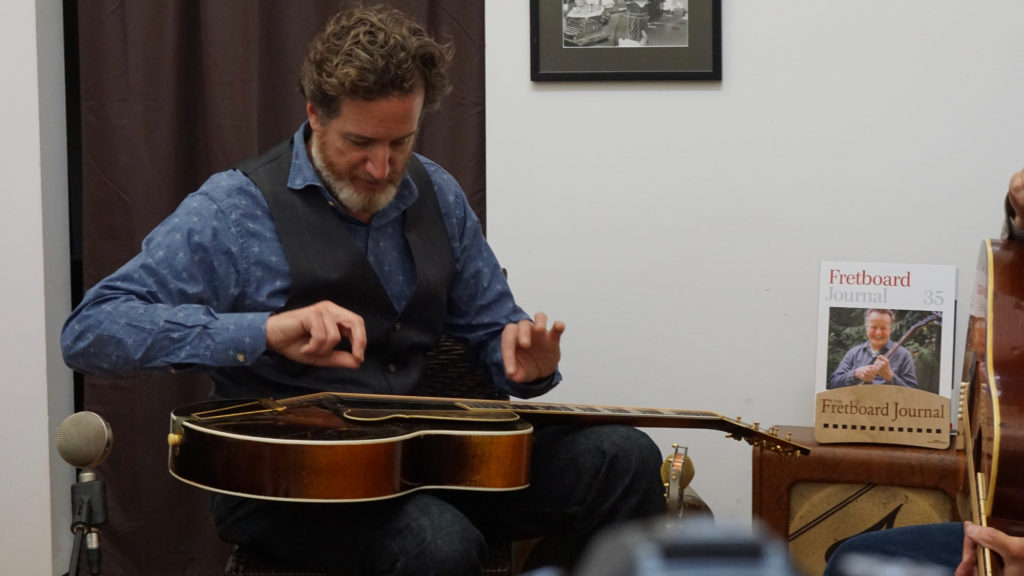
For more Matt (and the story behind that pickguard), check out our September 2015 interview. If you’re wondering about that picture of Matt with Bill Frisell, check out the archived video from our Facebook Live with Bill Frisell and Matt Munisteri broadcast.
Is there a special instrument you’d like us to feature for A Closer Look? Drop as an email!
